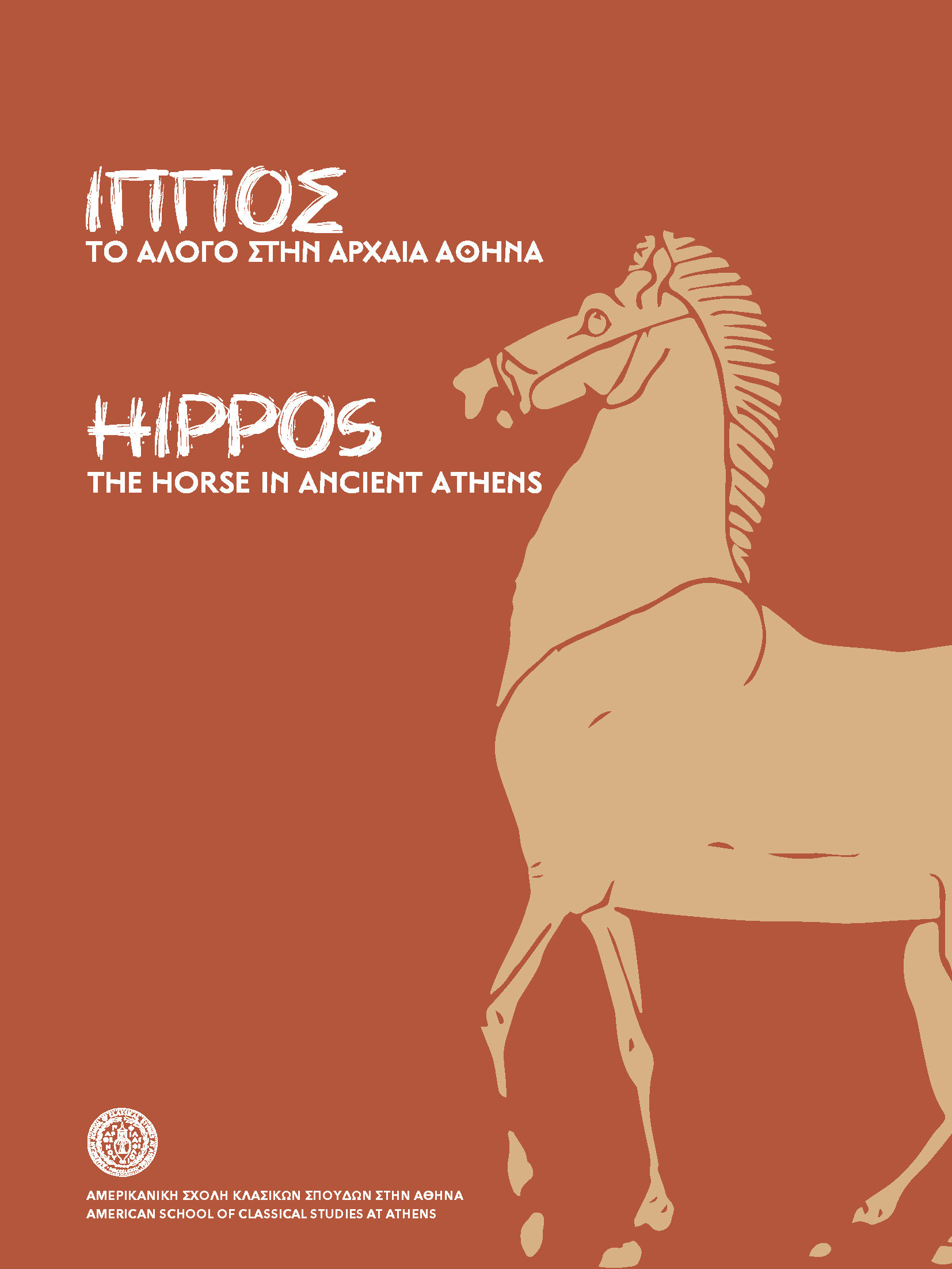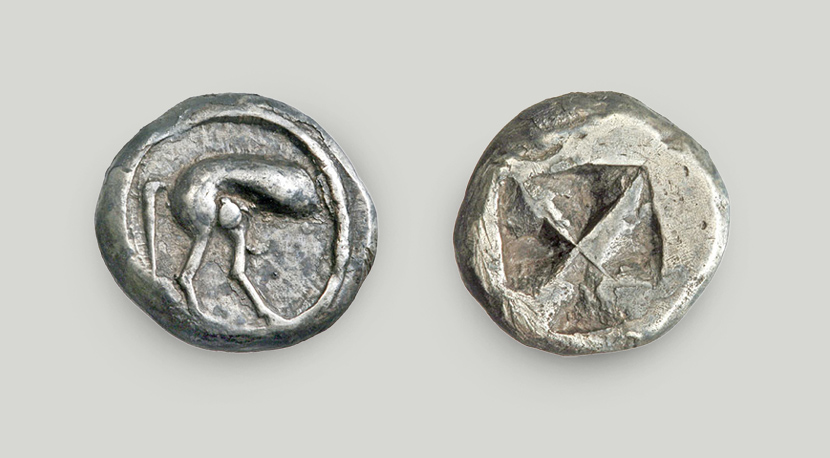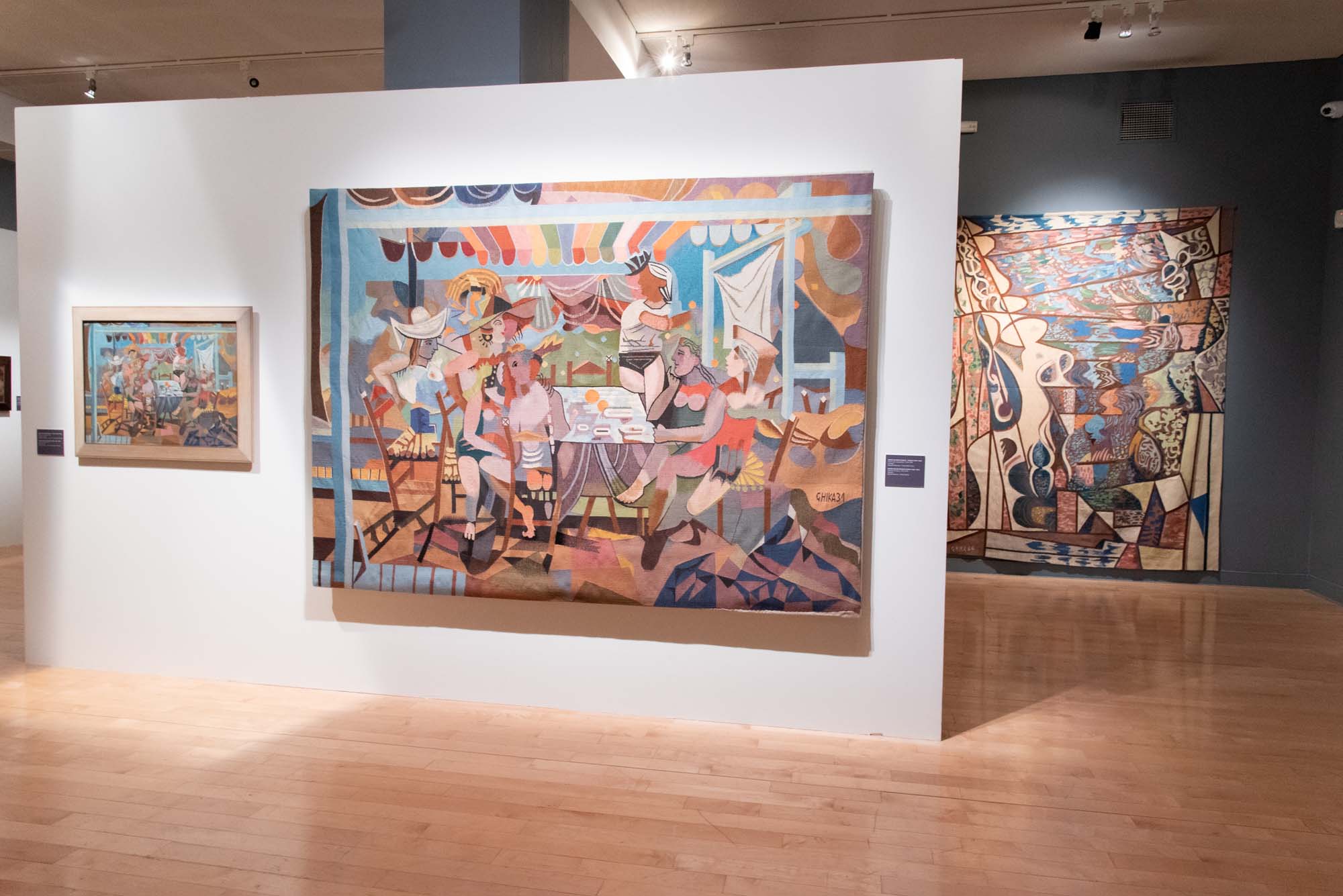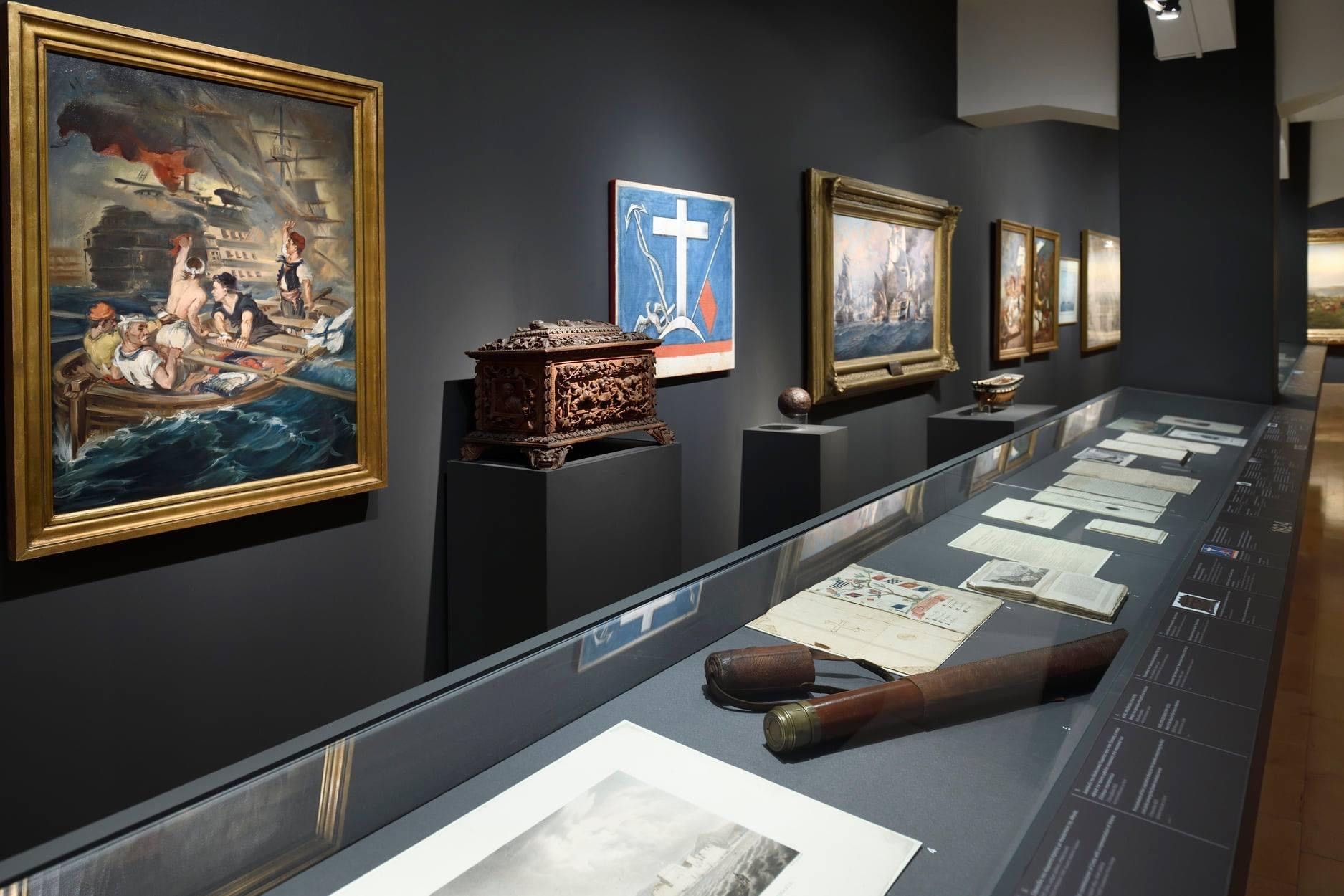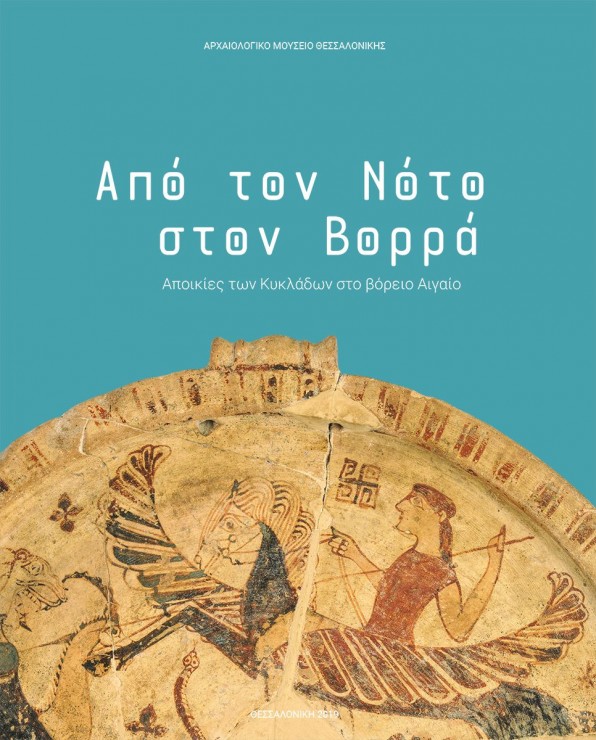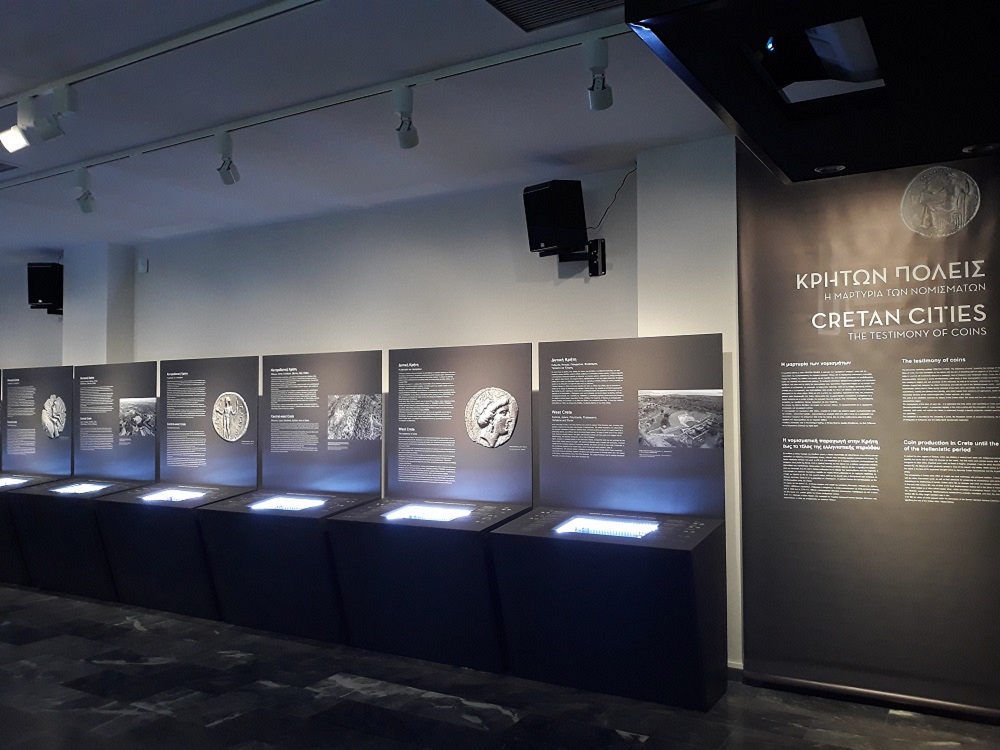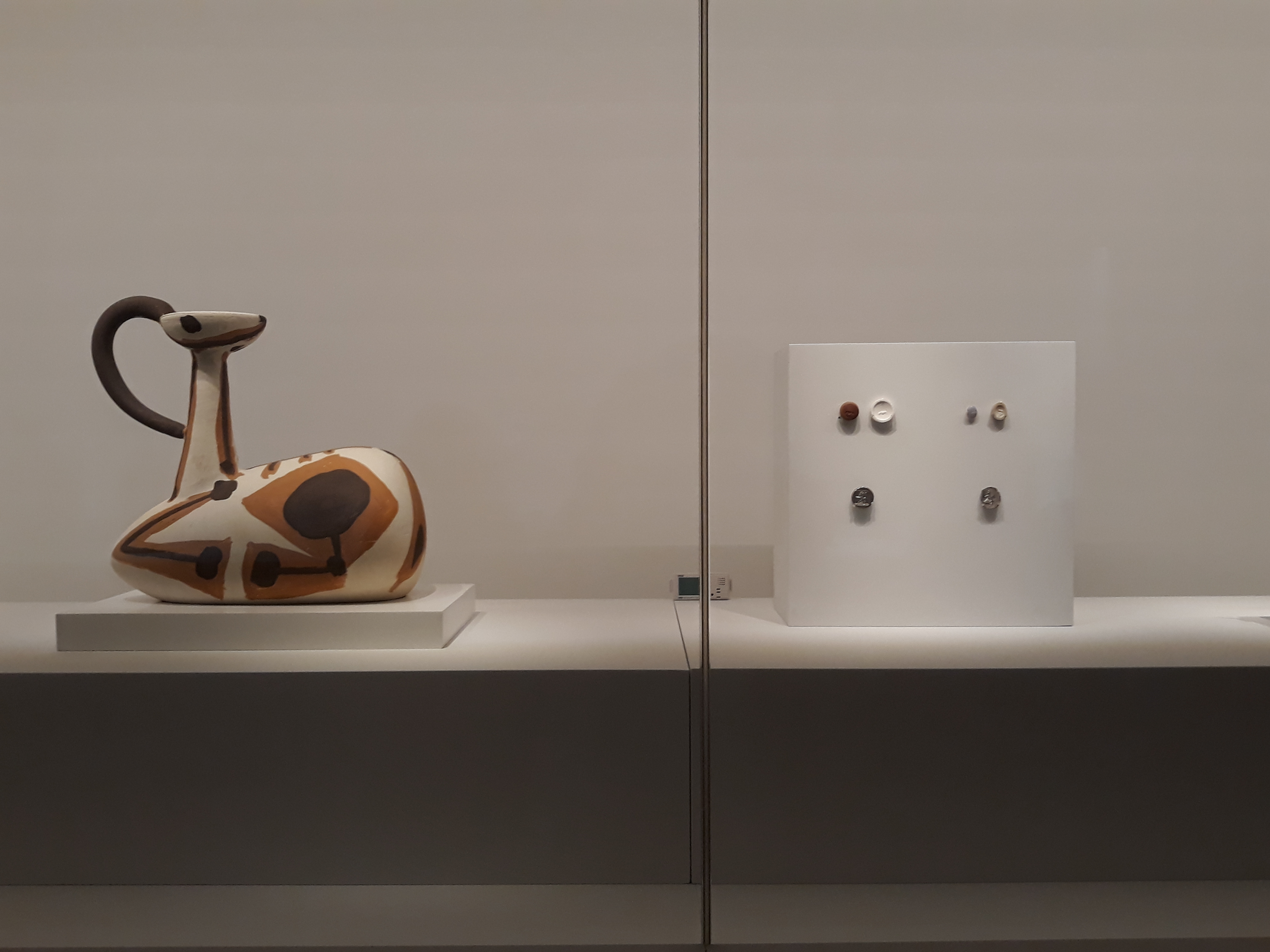ENDED
Participation in the exhibition “Hippos – The Horse in Ancient Athens”
The Alpha Bank Numismatic Collection loaned 3 ancient coins to the exhibition “Hippos – The Horse in Ancient Athens”. The exhibition foregrounded the importance of archaeological research in our understanding of the past. Its marble sculptures, vases and coins reflected the Ancient Athenians’ obsession with horse breeding and racing.
The Numismatic Collection loaned 3 ancient coins to the exhibition “Hippos – The Horse in Ancient Athens”:
- Silver didrachm (Wappenmünzen), Athens, 535 BCE. The obverse depicts the front part of a horse; an incuse square is struck on the reverse. The coin is mentioned in Alpha Bank’s Athenian Owls.
- Silver drachma (Wappenmünzen), Athens, 530 BCE. The obverse depicts the hindquarter of a horse; an incuse square is struck on the reverse.
- Silver tetradrachm, Potidaea, 525-500 BCE. The obverse depicts Poseidon on horseback, holding a trident. An incuse square is struck on the reverse. The coin is mentioned in Coins of Macedonia in the Alpha Bank Collection.
Horses in Ancient Greece
This fascinating exhibition of science and ancient art highlighted the importance of archaeological and scientific research in understanding the past.
All facets of Ancient Greek art are abundant with depictions of horses. The exhibition brought together a variety of antiquities from Greece and abroad, including marble sculptures, vases and coins ranging from the Protogeometric (1050-900 BCE) to the Hellenistic period (330-30 BCE).
Such works of art reflect the Ancient Athenians’ obsession with horse breeding and racing. The excavations at the Athenian Agora have produced much evidence for the organisation and important role of the Athenian equestrian corps, the hippeis, in the form of inscriptions, tokens and cavalry monuments.
Aims of the exhibition
The exhibition was addressed to families, school groups and the general art-loving public. Its aim was to highlight the different roles and uses of horses in Ancient Athens. Furthermore, it educated visitors on the great importance of horses in the lives of Ancient Athenians of all ages. Through this exhibition, the American School aimed at fulfilling one of its most important missions: the dissemination of its archaeological and scientific research.
